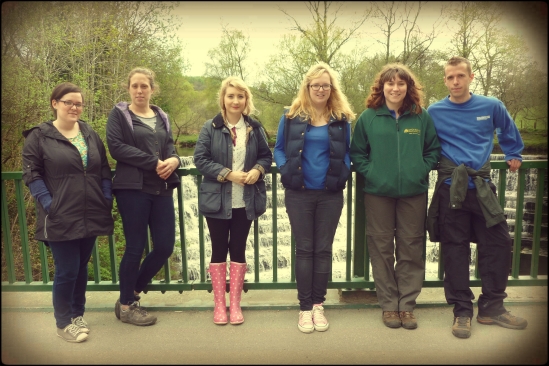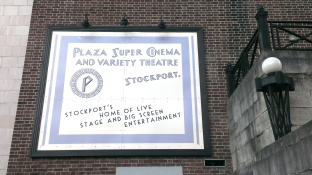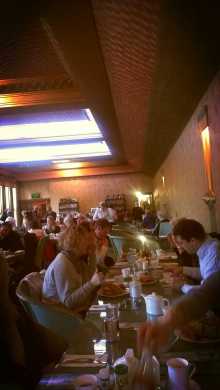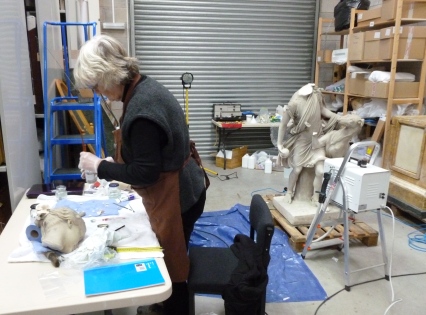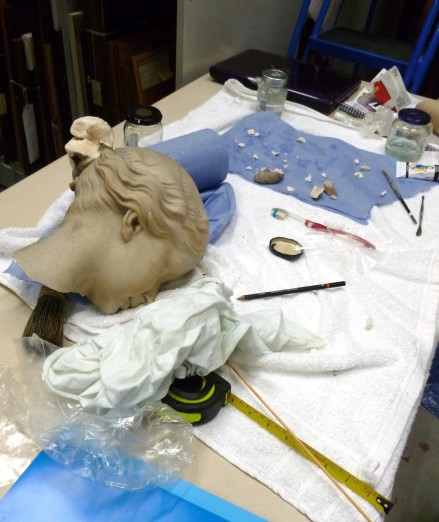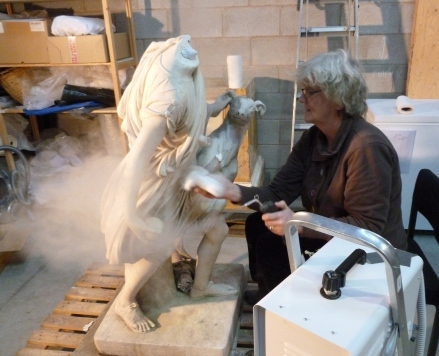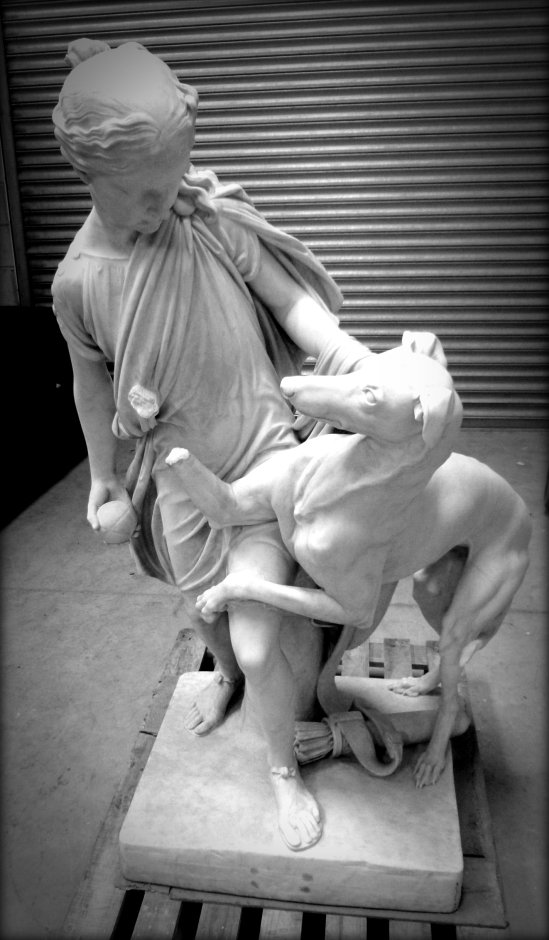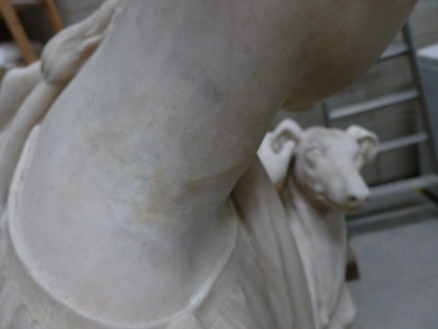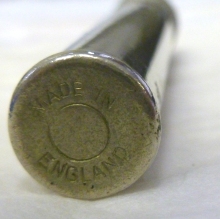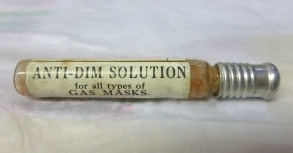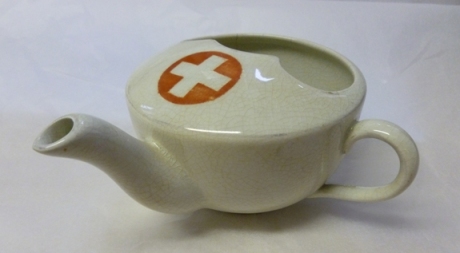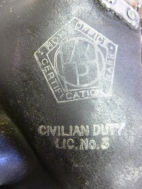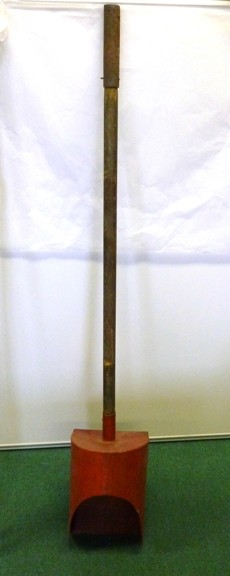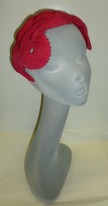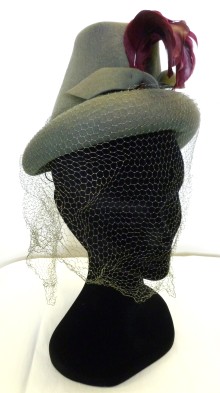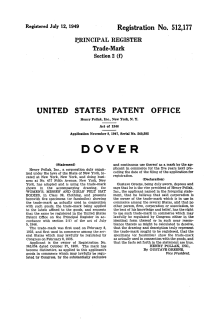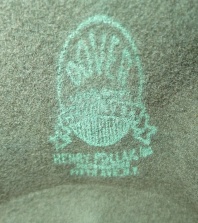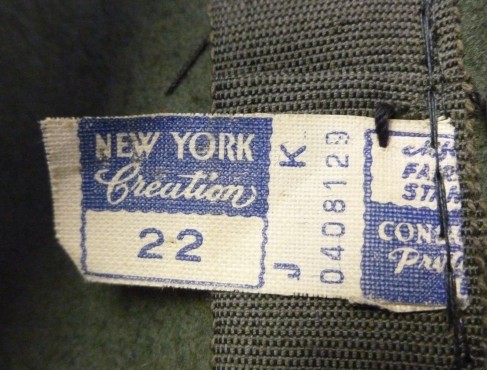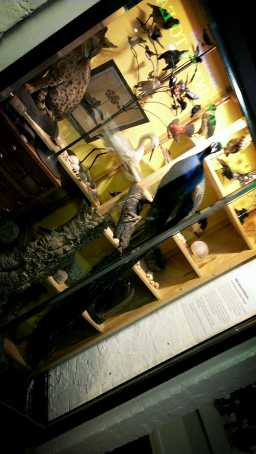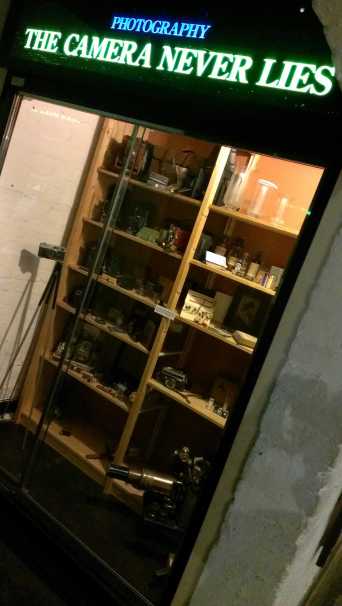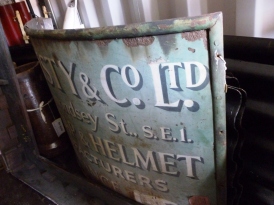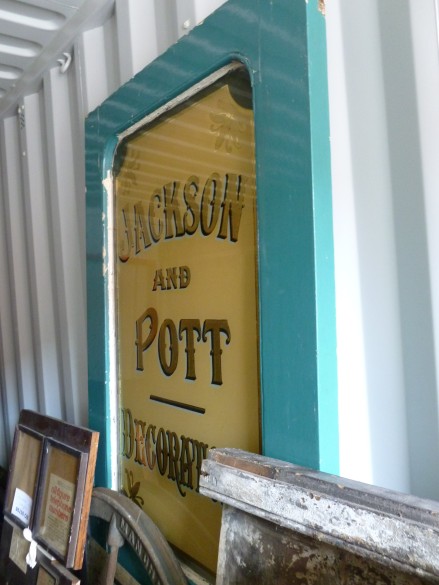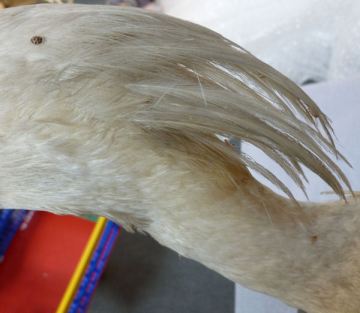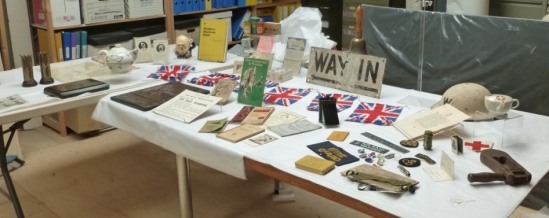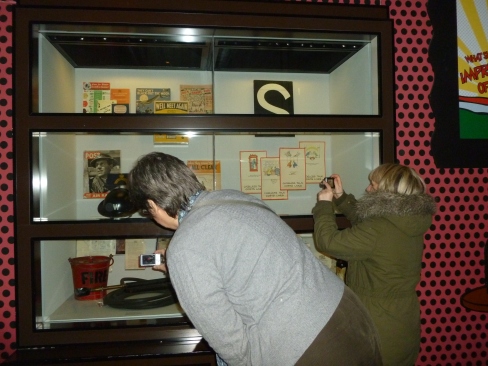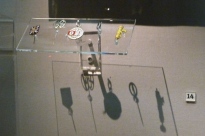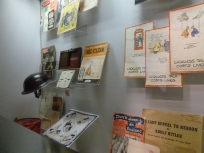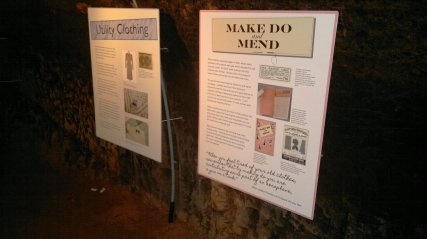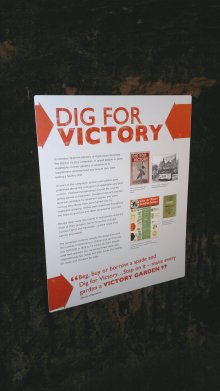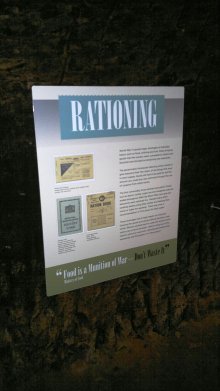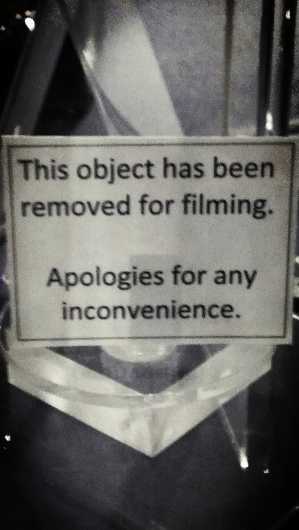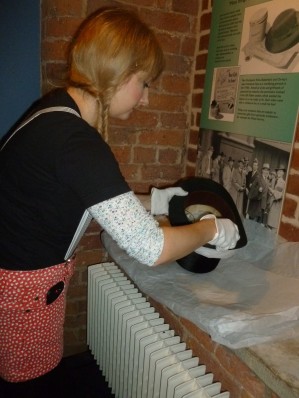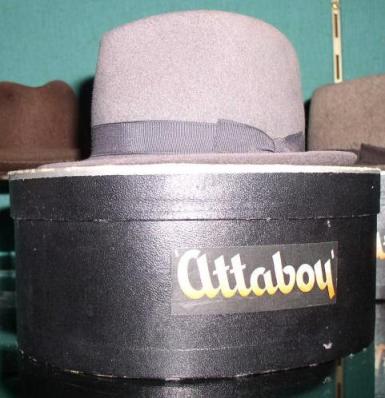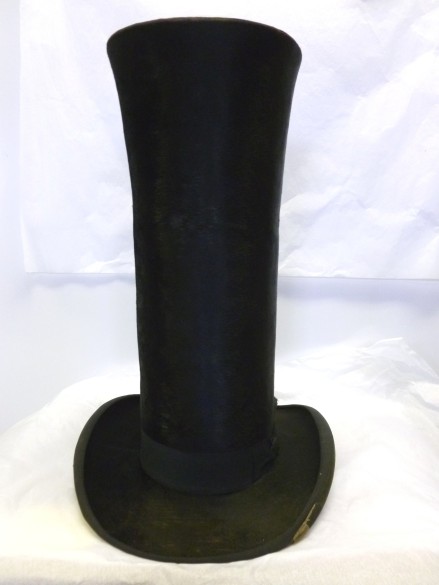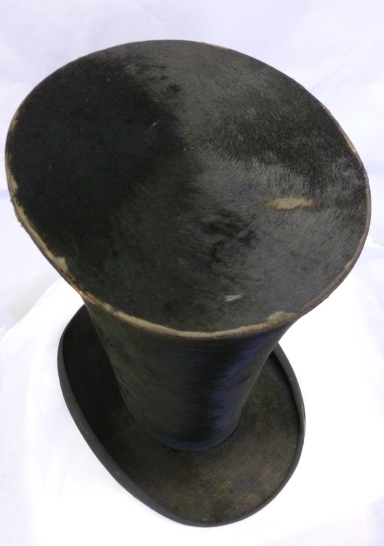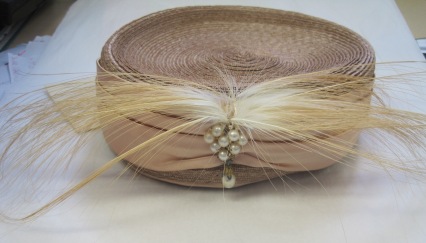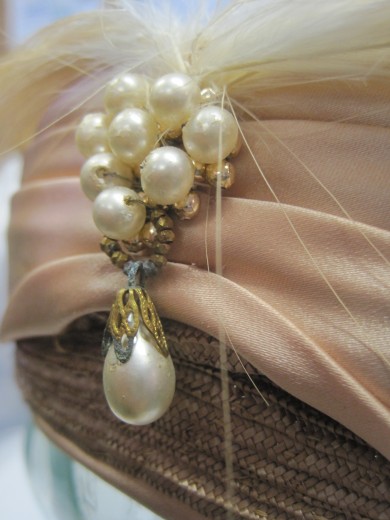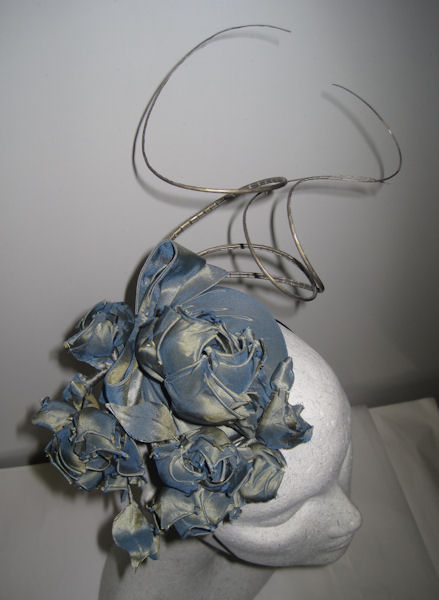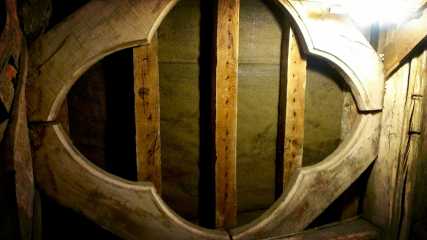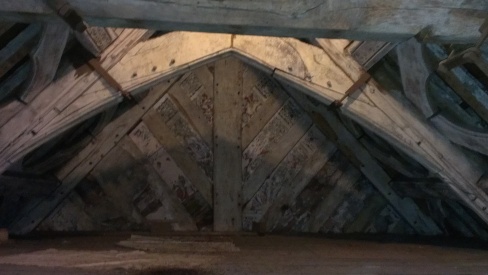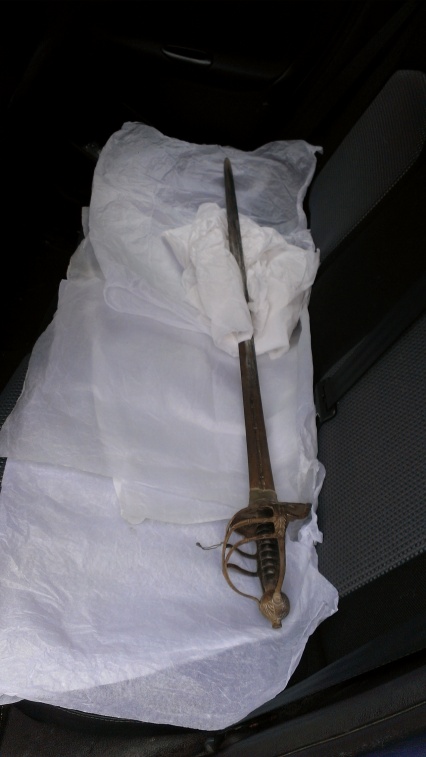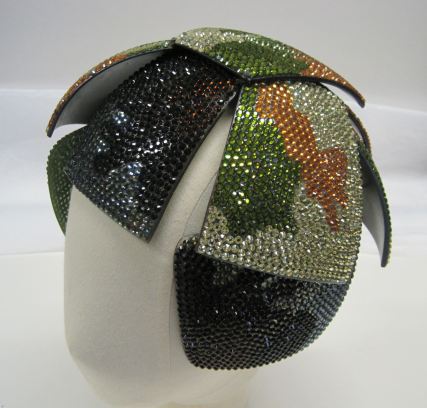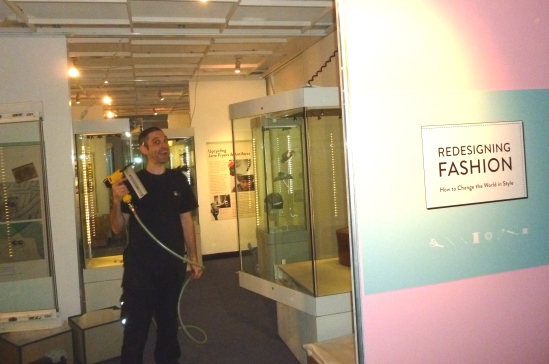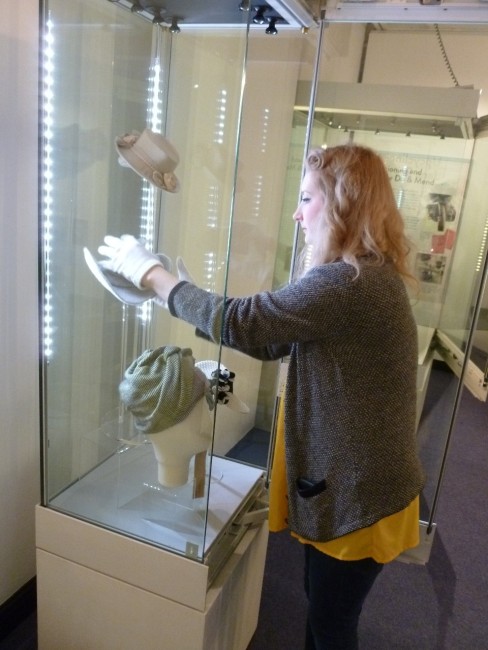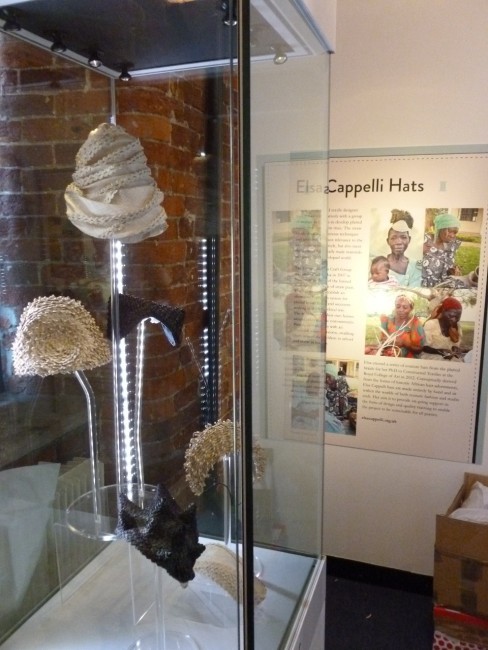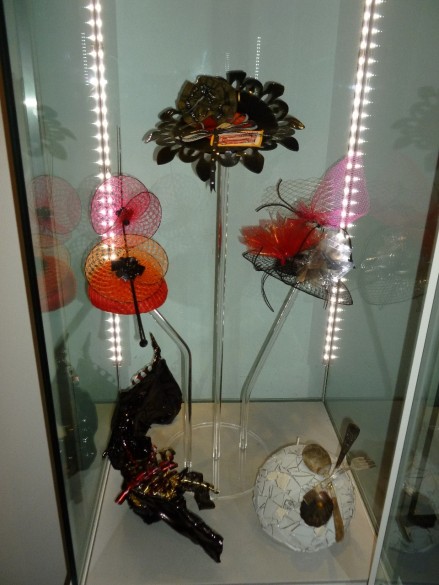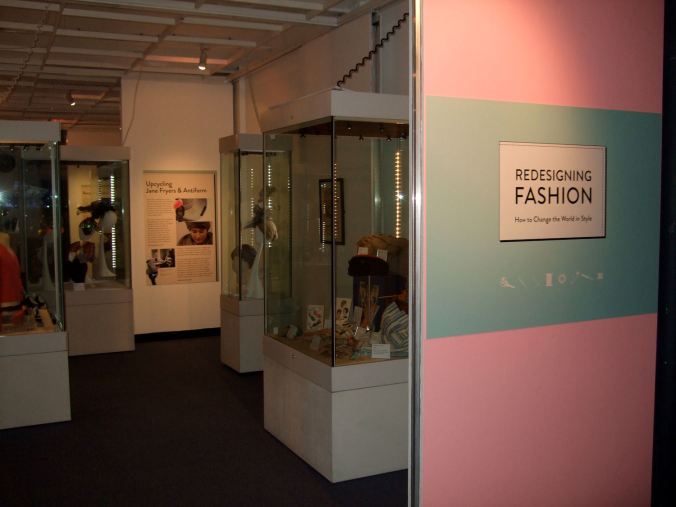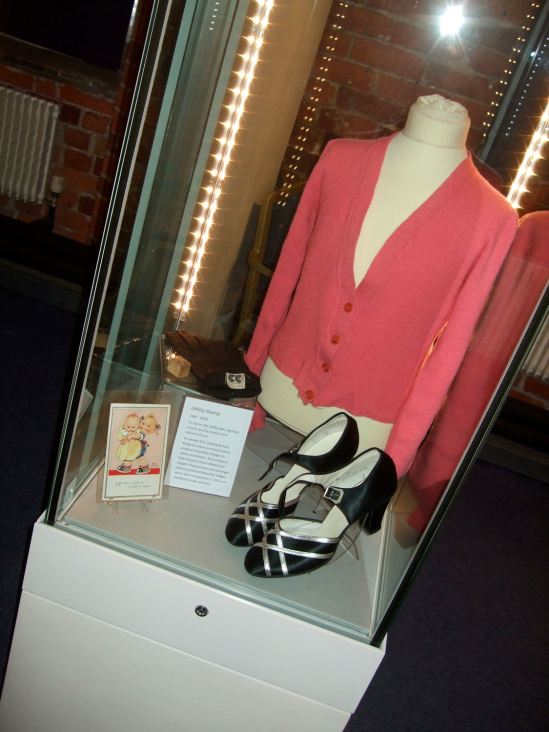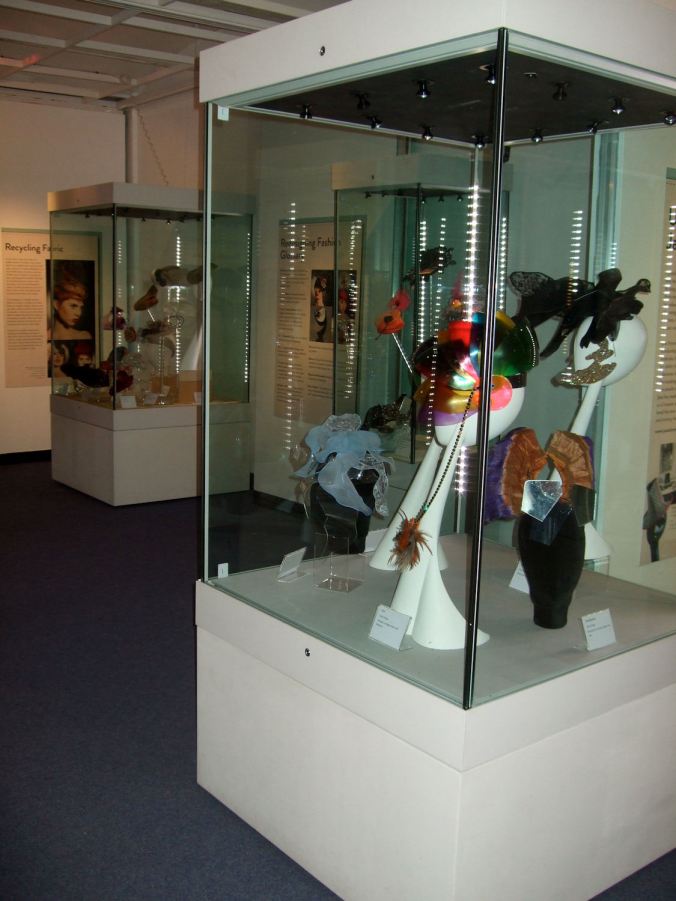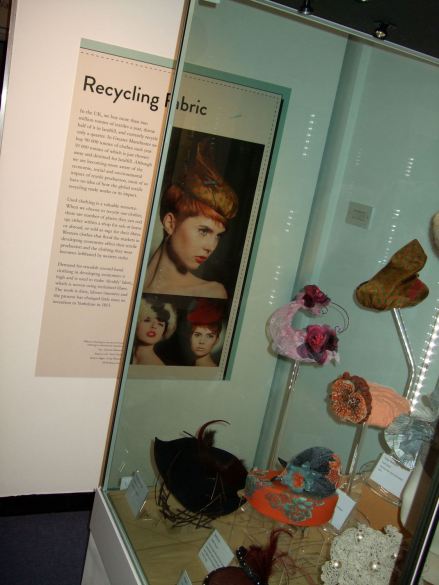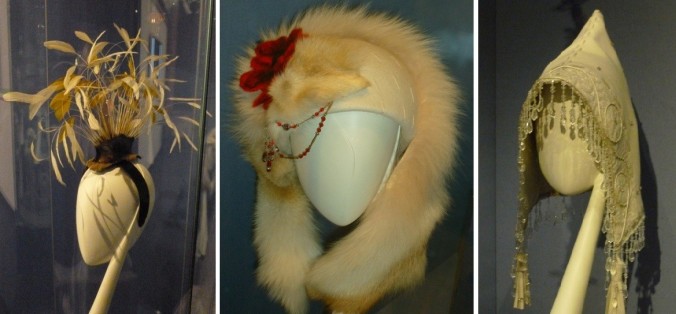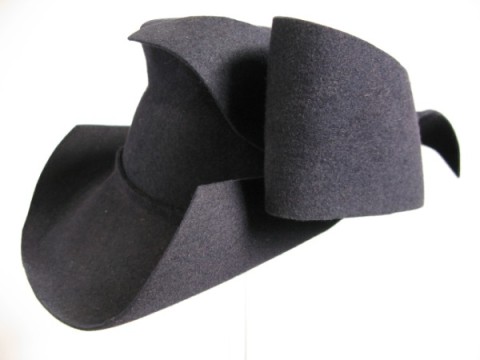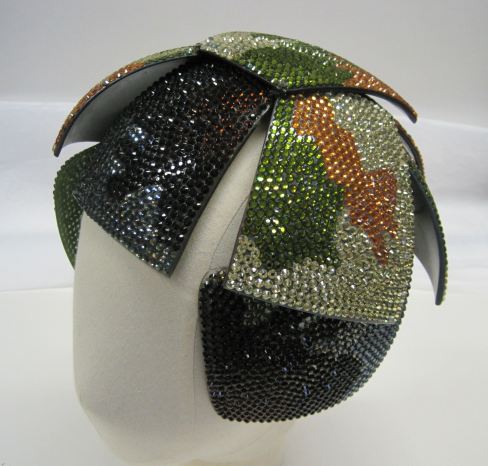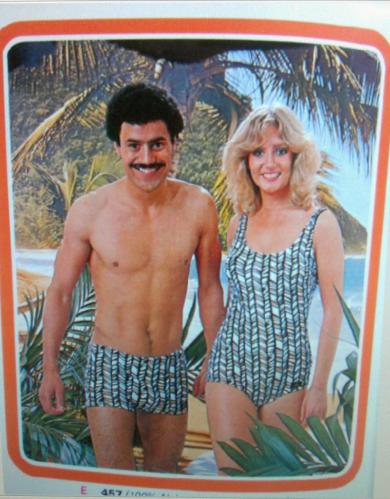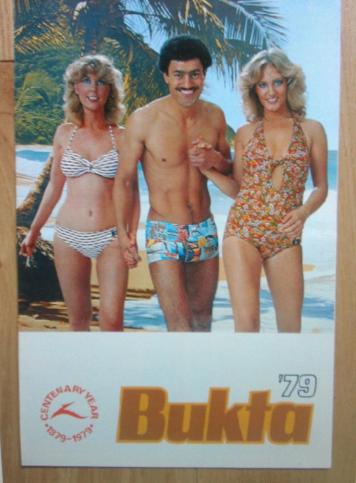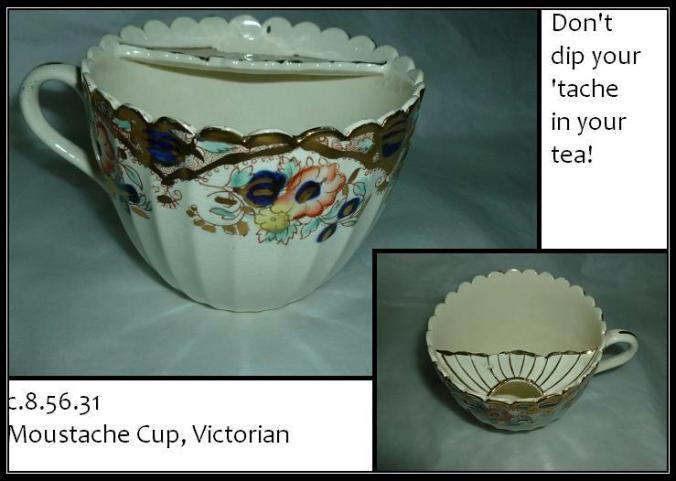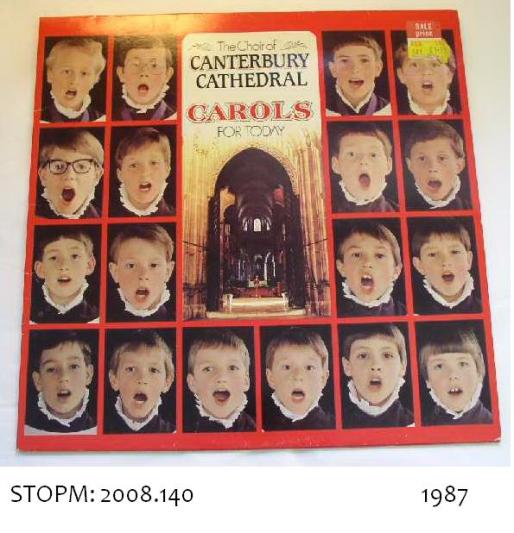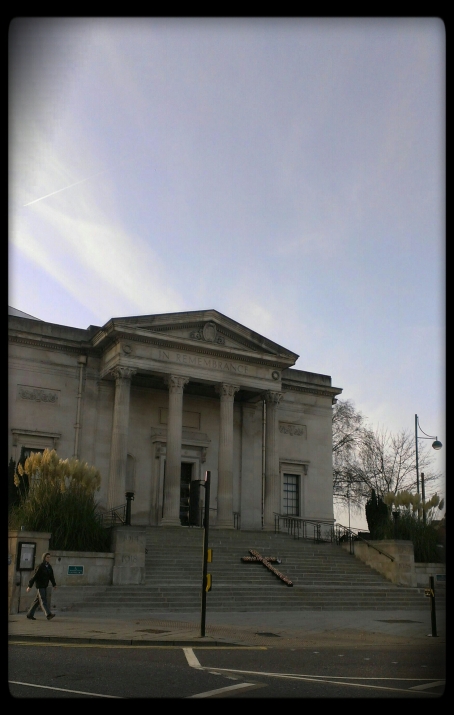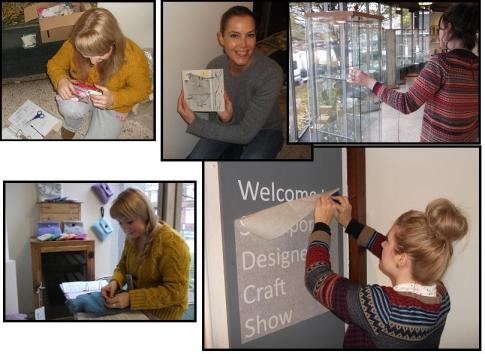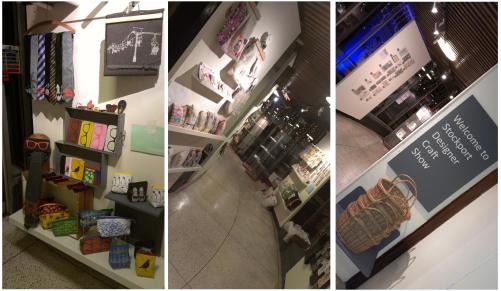My year as a HLF trainee ended in June 2013. Very sad times as I loved the team at Cheadle, Stockport’s varied collection and also the variety of the role.
Soon after, I started some casual work for Wigan Leisure and Culture Trust – who were embarking on a collections store move. This entailed supervising any of the sites which were being emptied by the contractors and working with them to document the removal of objects. This was a great opportunity to see some of Wigan’s museum collections, where they had been stored and where they were going to. It was also brilliant to work with the removal specialists, and see large-scale packing close-up!
I then set up as a sole-trader in July/August, for collections curatorial work. And so was born Emma Hadley Curatorial Services! (it still makes me cringe a bit having my own name in the title but there you are).
Since then, I have been extremely lapse in writing blog posts, but I have been very active on my twitter account @emma_museums, so I don’t feel too bad about that. What gave me a kickstart into writing this post was #MuseumsWeek, and being nominated to do the ’11 questions to a museum blogger’ by Lauren Field, the HLF collections trainee 2013-2014 (see her blog HERE, and Katie Senior, who is the museums techincal HLF trainee for 2013-2014 was also nominated, see her blog HERE). Hence this being a very shoddy and rather rushed blog post before I dive into the ’11 questions’ post before #MuseumsWeek is over!
A quick run through of my freelance projects
- Emergency Planning/Disaster Planning/Emergency Salvage, however you want to name it. This meant inventorying objects at various museums and sites, creating salvage cards for these priority objects, and also creating an advice pack for how to deal with various emergency situations in a museum setting; for example, the aftermath of a fire and what to do with fire damaged/water damaged objects (fingers crossed this never happens anywhere, ever!). During this time I found a great free app, based on the disaster planning ‘wheel’, called Emergency Salvage Response (ERS). You can get more information on the app HERE.
- Accessioning. My favourite! Dealing with donations/new acquisitions, recent acquisitions, and backlog… corresponding with donors, researching objects, creating object history files… adding records to the museum database, marking the object with the correct method, wrapping and storing, preventative conservation and conservation cleaning… The list is endless and it has been amazing to work through such a variety of objects. ALL museums have backlogs of objects waiting to be accessioned, and unfortunately because of cuts and strains on staff time, the backlog problem will only increase for many museums across the country.
So there we have it, I apologise for how short and rushed and shoddy this post is, but if you haven’t already, please see my tweets for images of lovely and interesting objects I have accessioned during my freelance contract, and what I have been up to since June 2013… I hope to be good and write blog posts more often from now on.

